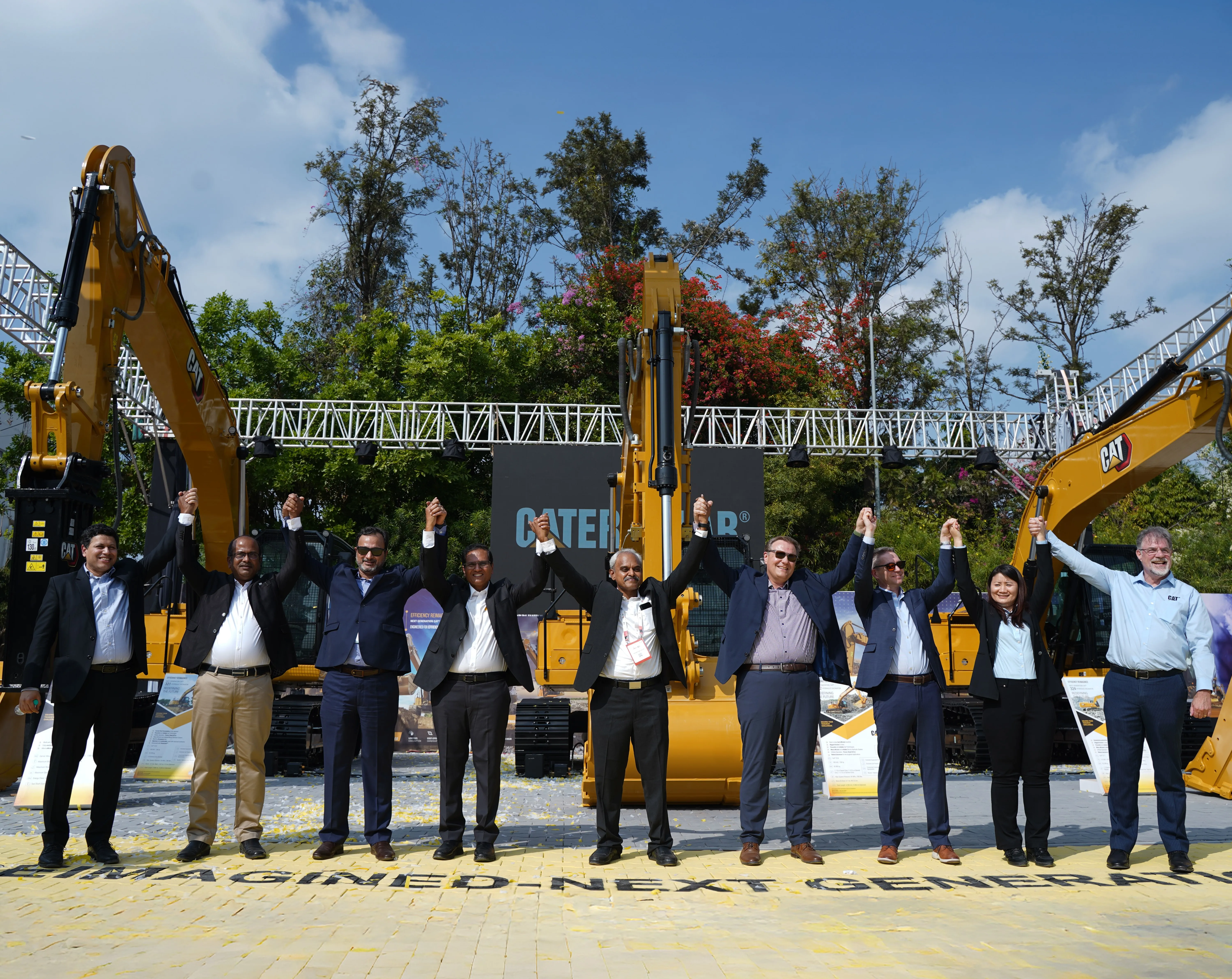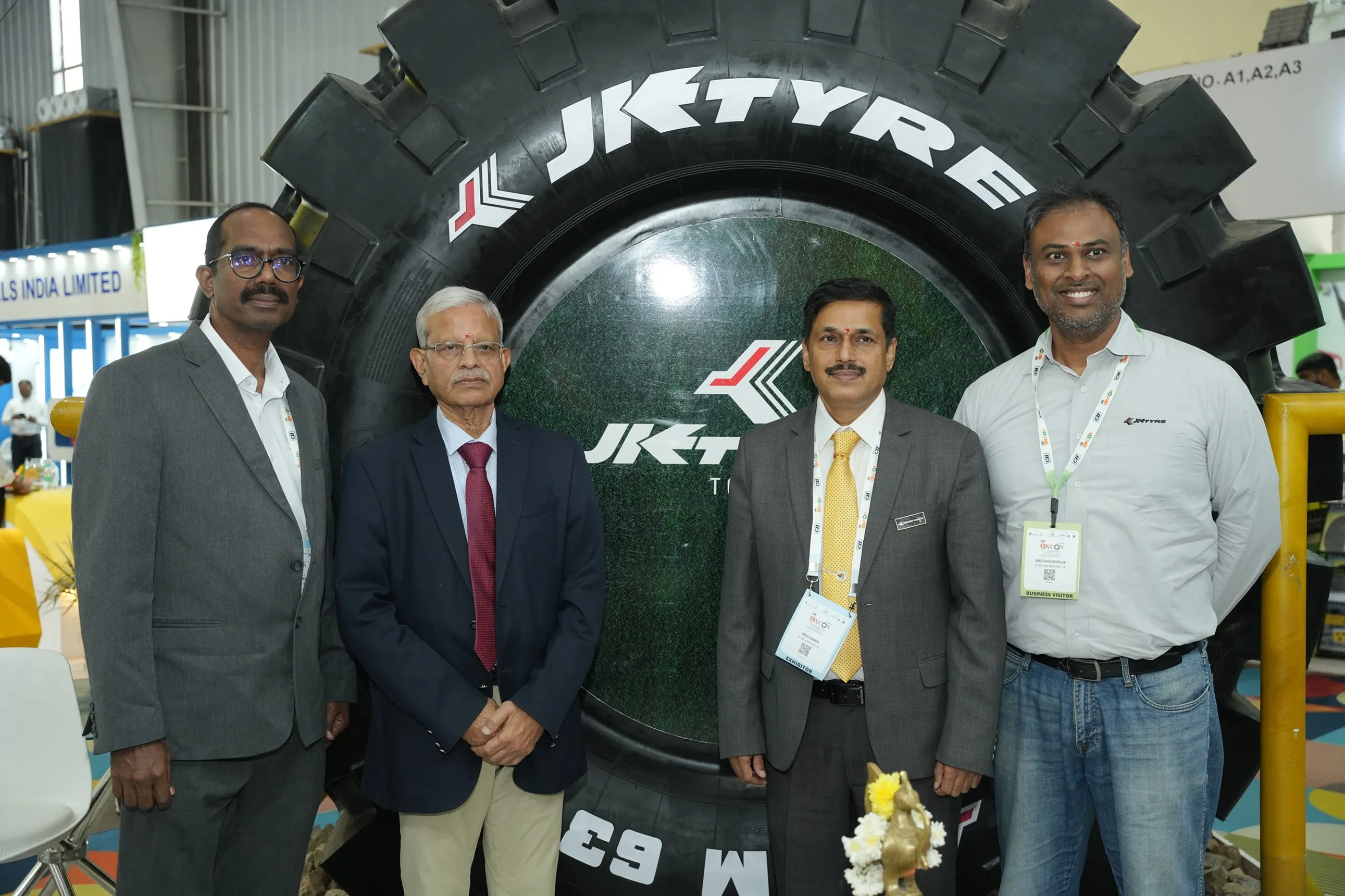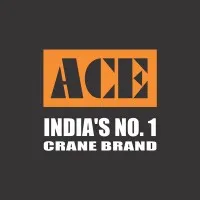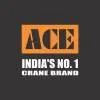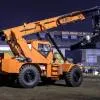Paul Wallett, Regional Director for Trimble Middle-East and India region talks about how BIM has become the preferred modelling approach.1. Technology plays a vital role in infrastructure projects today. What are the latest technologies in demand/trends in the Construction space?
Technology has transformed the way we are building large scale infrastructure projects. Several cutting-edge technologies like Buildings Information Modeling (BIM), Bridge Information Modeling (BrIM), Internet-connected equipment, GPS-enabled machine control, drones and AI-enabled project management tools are today widely used for executing and completing infrastructure projects faster, within budget and with significantly improved onsite safety for workers.
From a software perspective, there is an exceptional amount of sophistication that has come in recent years, in the form of advanced processes and seamless communication and collaboration among the various project teams and stakeholders. This sophistication is also driving a steady growth in the demand for construction technology.
We have witnessed increasing number of project owners opting for constructible 3D BIM for their infrastructure projects in India and around the world. The constructible 3D models, created using advanced software like Tekla Structures 2021, ensure data-driven and connected workflows through increased interoperability, in addition to simply making modelling faster. Such advanced tools make the entire construction process – from planning to onsite construction – much more connected and synchronised. This is the reason why constructible BIM has become the preferred modelling approach for most leading infrastructure construction companies now.
Further, cloud-based collaboration and Augmented Reality (AR) have today become two of the most sought-after technologies, on account of the pandemic and the subsequent digitalisation of workflows. Modern cloud-based collaboration tools like Trimble Connect facilitate uninterrupted collaboration and data sharing among different teams, who can finally work together on one single model that gets updated in real time. Using any Internet-connected mobile device, any individual working on the project can access latest and real time data anytime and from anywhere thus help maintaining a sense of connectedness among all the different teams working on a project.
Finally, Augmented Reality (AR) tools like Trimble’s SiteVision make it possible not only to visualize complex construction, road, rail and site designs with superior accuracy, but even share extended reality views with field or offsite workers. It is the best technology to monitor and manage projects remotely.
2. Do you think the Indian construction industry is slow in terms of digital adoption? What according to you are major problems/hurdles for the slow adoption rate?
The construction industry around the world has lagged behind other industries in digital adoption and India is no exception. However, there are several construction industry leaders like L&T, Eversendai, and Inventaa Industries among others, who have been the frontrunners in using cutting-edge digital technologies for their projects. The pandemic has also played a role in accelerating the adoption of digital workflows among mid-sized and smaller companies. Additionally, technology leaders like Trimble now make their cutting-edge software available on a monthly or yearly subscription, which in turn has made technology adoption far more accessible particularly for the smaller and mid-sized firms. It provides the stakeholders the flexibility to choose the model depending upon their projects need, thus making digital adoption more affordable.
Perhaps the biggest barrier to tech adoption is the prevailing myth that using cutting-edge technology is cumbersome, time consuming and costly affair. On the contrary, investment in technology actually pays itself over quickly through time and cost savings from multiple projects, which add up quickly and significantly in boosting the company’s bottom line.
Poor availability of skilled professionals is sometimes cited as another barrier to tech adoption. The infrastructure construction industry requires more skilled professionals who can actually use modern construction software to their best advantage. In order to address this demand for skilled people, we at Trimble provide a wide spectrum of training courses covering our portfolio of construction software to professionals, engineering students and faculty across India.
3. BIM and 3D printing techniques are being evaluated by a lot of construction companies for national highways, metro projects, buildings, etc. What are your thoughts on these technologies? What are the advantages it offers?
Building Information Modeling (BIM) is widely seen as the foundation of digital transformation in the architecture, engineering, and construction (AEC) industry today. More importantly, the industry is now rapidly shifting from plain vanilla BIM to Constructible BIM, which generates models that are substantively richer and have more accurate information than models generated with traditional BIM.
Trimble’s flagship product Tekla Structures for example allows one to generate highly detailed 3D constructible models right from the design or engineering stage, which can later serve as a powerful and usable blueprint for onsite teams during the actual construction. Once you have a constructible 3D BIM model, it is actually usable and valuable during all phases and stages of a construction project. Such a model can even be seen as the core foundation upon which a full-scale digitalisation of all workflows can be realised. In fact, the application of a constructible BIM model isn’t just limited to digitalisation of individual processes, but also in efficiently connecting and integrating each of those processes into a single, seamless flow. Connected construction is indeed the biggest advantage of using a 3D constructible BIM.
Ultimately, constructible BIM models allow for the actual construction to be completed with greater ease and efficiency. These models allow the constructability of a building to be tested in advance, which helps ensure that the errors, rework and wastage are all minimised and the project is predictably profitable.
4. Overall, what impact has pandemic brought in the mind-set of companies towards technology implementation? What are latest trends that have picked up during pandemic and how do you look at these trends in future?
Covid-19 has no doubt left behind a severe and lasting impact on India’s construction sector. One big blow was the complete stoppage of all construction work for several months during the various lockdowns since last year’s March. Thousands of workers were suddenly out of work across India and chose to go back to their villages in remote towns. This disruption had led to delays and cost overruns on innumerable projects.
On the flip side, rapid digitalisation of workflows proved to be a healing touch and even helped with the sector's recovery, as work in most projects slowly began to resume. The pandemic and subsequent focus on workers’ safety along with social distancing regulations have pushed the industry to hasten the adoption of digitalisation and automation. Several leading industry players realised that end-to-end digitalisation of construction workflows through deployment of technologies like constructible BIM, IoT, mixed reality and robotics can be powerful enablers of rapid gains in productivity and efficiency. Such technologies further enable remote working by automating processes or by facilitating contactless completion of tasks.
We saw many companies start embracing modern construction techniques and technologies like prefabricated construction, mixed reality and cloud computing during the pandemic. This shift has brought about a massive change in how the industry designs, builds and executes its projects. With ever-increasing cost of materials and a tightening of labour market, modular construction has indeed become a lucrative way for the developers and contractors to reduce costs, improve productivity and shorten their project timelines.
We believe these trends will continue and even gather more momentum in the near future. The pandemic has made us recognise that the adoption of full-scale digitalisation in construction, or what we call ‘connected construction’ is fast becoming mainstream. A substantial number of India’s top construction companies have already embraced connected construction. Going forward, we will see more investments in digital technologies across a wider section of the Indian construction industry.

